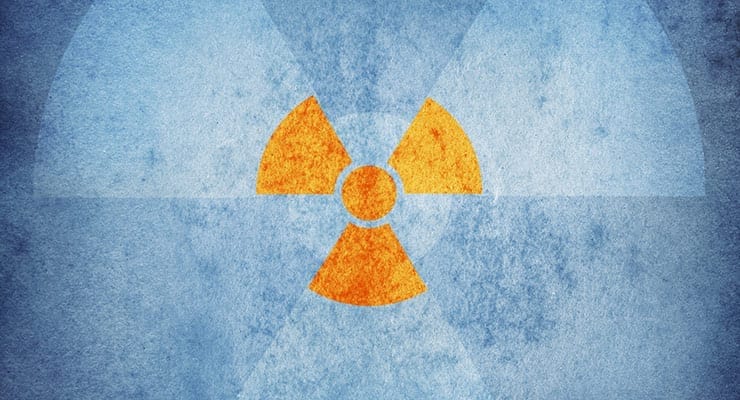Neumedicines Inc. has been awarded $14 million from the Biomedical Advanced Research and Development Authority (BARDA) to support the advanced development of HemaMax (recombinant human interleukin-12 or rHuIL-12) for Hematopoietic Syndrome of Acute Radiation Sickness (HSARS).
The funding will support a phase 2 clinical safety study of HemaMax in 200 healthy human volunteers, GMP manufacturing of drug product, and various other advanced development activities related to chemistry, manufacturing, and controls (CMC).
Under the U.S. FDA’s Animal Rule, Neumedicines is advancing HemaMax for the treatment of HSARS toward submission of applications for Emergency Use Authorization (EUA) and FDA licensure in 2015 and 2016, respectively.
“We are grateful to have now received more than $64 million from BARDA to support the development of HemaMax for HSARS,” said Neumedicines President & CEO Lena A. Basile, Ph.D., J.D. “Our efficacy studies have shown that a single, low-dose, subcutaneous injection of HemaMax at 24 hours after exposure to lethal radiation (LD70-LD90) increases survival by an average of more than 2-fold without any supportive care or antibiotics. To our knowledge, these results are unmatched by any intervention available to the CDC’s Strategic National Stockpile or in development by industry or academia.
There are three classic Acute Radiation Sickness sub-syndromes: Hematopoietic, Gastrointestinal and Cardiovascular/Central Nervous System. The Hematopoietic Syndrome (sometimes referred to as Bone Marrow Syndrome) will usually occur with a dose between 0.7 and 10 Gy (70 – 1000 rads), though mild symptoms may occur as low as 0.3 Gy or 30 rads. The survival rate of patients with this syndrome decreases with increasing dose.
The primary cause of death is either infection or bleeding caused by the destruction of the bone marrow, resulting in deficiencies of white blood cells (WBCs), lymphocytes, and platelets, with immunodeficiency, increased infectious complications, bleeding and hemorrhage, anemia, and impaired wound healing.
“With BARDA’s continued funding, we are advancing HemaMax toward consideration for EUA, which, if granted, would allow for its use in the event of a radiological/nuclear emergency,” she added. “We believe HemaMax could have a significant impact in saving lives in such an event, and our team is committed to advancing HemaMax so that it may soon be a component of the United States’ arsenal in countering radiological/nuclear emergencies.”
HemaMax (rHuIL-12) holds considerable value and promise playing a central role in linking and regulating both innate (early nonspecific) and adaptive (late specific) immunity, while also playing a critical role in hematopoietic cell-to-cell signaling. In addition to HSARS, HemaMax is also being developed for various indications in oncology, including cutaneous T cell lymphoma (CTCL), acute myeloid leukemia (AML), melanoma, solid tumors, various immunotherapy applications, and traumatic wound healing.
Note: HemaMax is a trademarked, protected term of Neumedicines Inc.


